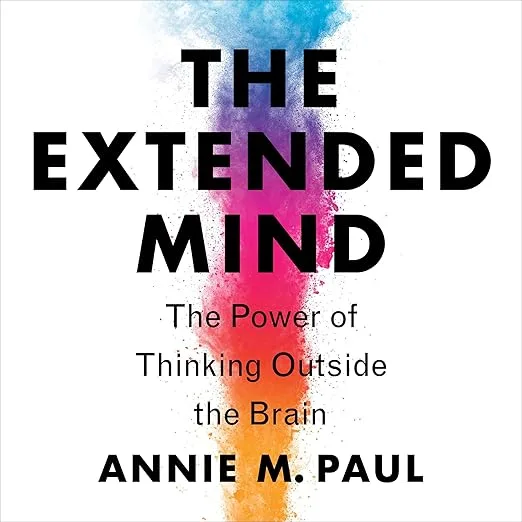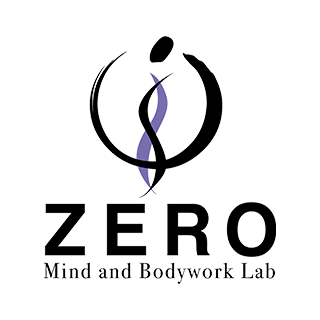Introduction
Hello everyone!
This is Hidefumi Otsuka, offering Rolfing sessions and nutrition and tarot counseling in Shibuya, Tokyo.

What Can You Gain Through Rolfing?
– Refining Body Awareness by Realigning the Body Axis –
Since June 2015, I have been providing Rolfing sessions in Shibuya, Ebisu, and Daikanyama.

It’s hard to explain Rolfing in just a few words, but in essence, it involves realigning the body’s axis with a specific theme every one to two weeks, thereby sharpening bodily awareness.
As a result, it often leads to improvements in various discomforts such as stiff shoulders and lower back pain.
The general flow of the sessions is:
- Sessions 1–3: Surface-level sessions focusing on the outer muscles (the “outer body”)
- Sessions 4–7: Deep-level sessions focusing on the inner muscles and the body’s central axis
- Sessions 8–10: Integration sessions to harmonize the body as a whole
After these ten sessions, the basic series is complete.
The key benefit of Rolfing lies in refining body awareness.
However, you might wonder, “What exactly does that mean?”
In this blog post, I will explore:
Why is adjusting breathing the essential first step?
What are the benefits of enhancing body awareness?

Breathing: The Gateway to Body Awareness
In Rolfing, the very first thing we work on is adjusting the client’s breathing.
Just like the phrases “synchronizing breaths” or “getting in sync,” when a client becomes aware of their breathing, it becomes much easier for the practitioner (Rolfer) to build a connection with them.
Why?
Because true relational synchrony is only possible once both parties become conscious of their own breathing and match it naturally.
Personally, I find breathing fascinating because it serves as the gateway into body awareness.

What is “Body Awareness”?
“Body awareness” refers to the ability to notice internal states.
While we receive information from the external world through the five senses (sight, hearing, taste, smell, and touch),
there are also sensory systems within the body that gather information and send it to the brain.
These internal sensors are referred to as “interoception” or “body awareness.”
They arise from throughout the body — internal organs, muscles, bones — and provide information such as:
- “What state am I currently in?”
- “How do I feel in this very moment?”
- “What actions should I take to maintain internal balance?”
By connecting these bodily sensations, we form an integrated image of our internal state.
An Example: Trusting Your Gut
In Annie Murphy Paul’s book “The Extended Mind – The Power of Thinking Outside the Brain“, there is a fascinating discussion about the importance of body awareness.

One story involves John Coates, a British financial trader.
While traditional thinking suggests that skills such as education, reading financial articles, and statistical analysis are crucial for success,
Coates found that relying solely on these cognitive skills often led to losses.
Surprisingly, traders who trusted their gut instincts — that heavy, undeniable feeling in the belly — tended to be more profitable.
Coates hypothesized:
“Could the ability to attentively listen to bodily feedback be essential for making the right decisions?”
To test this, he conducted experiments where participants had to sense their heartbeat and identify its timing.
The results suggested that those who could feel their heartbeats more accurately were also more successful traders.
Thus, Coates concluded that success in finance was not necessarily tied to intelligence or education levels,
but rather to sensitivity to body awareness.
This idea — that bodily awareness is critical to decision-making — is incredibly intriguing.
In fact, many people report that after experiencing Rolfing, their intuition sharpens, making major life decisions (such as marriage, divorce, career changes) easier to navigate.
And the gateway to this heightened sensitivity is breathing.
Breathing: Two Types – Unconscious and Conscious
At the start of a first session, I usually ask:
“When you breathe, which feels more difficult — inhaling or exhaling?”
Then I guide clients to notice their shoulders, the front and back of their chest, and the sides of their torso, asking:
“Which muscles do you feel you are using when you breathe?”
Clients are often surprised to realize how many muscles and body sensations are involved in their breathing.

Breathing can be categorized into two types:
- Unconscious breathing (also called “normal resting breathing”)
- Conscious breathing (also called “effortful breathing”)
Unconscious breathing is regulated by the autonomic nervous system.
When you inhale, muscles are activated; when you exhale, muscles relax.
Conscious breathing is controlled by the brain.
For example, in singing, speaking, or practicing breathing exercises, muscles are used for both inhalation and exhalation.
Language also affects breathing style:
“Take a deep breath” prompts conscious breathing, whereas “breathe naturally” encourages unconscious breathing.
The problem arises when the muscle activity during unconscious breathing becomes dysfunctional.
Two Types of Muscles – Tonic and Phasic Muscles
In Rolfing, it is believed that under the influence of gravity, two types of muscles operate:
- Phasic muscles: operates in movement and quick, forceful contractions, fatigues easily
- Tonic muscles: operates in maintaining posture and do not fatigue easily
(This concept is known as the theory of Tonic Function.)
Muscles targeted in strength training are typically phasic muscles, which tire easily and lead to muscle soreness.
Tonic muscles, on the other hand, maintain posture and can be used continuously without fatigue.
The real issue occurs during unconscious breathing:
if a person cannot smoothly relax muscles between inhalation and exhalation,
breathing — which happens around 20,000 times a day — becomes a kind of constant muscle workout,
leading to chronic fatigue in the shoulders and neck.
This shifts energy away from developing body awareness and into merely coping with muscle exhaustion.

In the first Rolfing session, we focus on organizing and reactivating the non-fatiguing tonic muscles.
This allows the body to maintain breathing without tiring, enabling better focus on internal sensations.
The diaphragm also starts moving more freely, supporting the healthy function of the internal organs.
When the organs move better, body awareness becomes much easier to access.
Thus, the foundation is laid for subsequent sessions, such as those that focus on organizing the legs.
Conclusion
Today, I shared insights into the first session of Rolfing from the perspective of body awareness.
